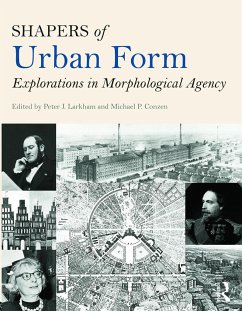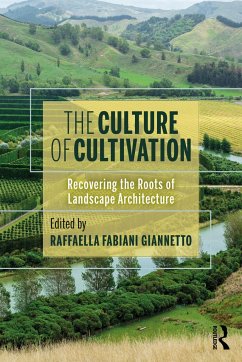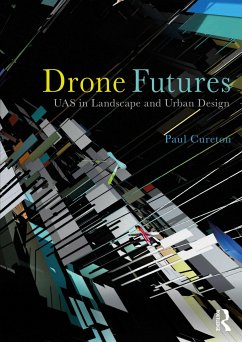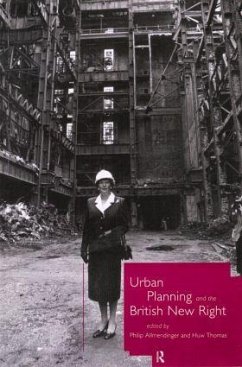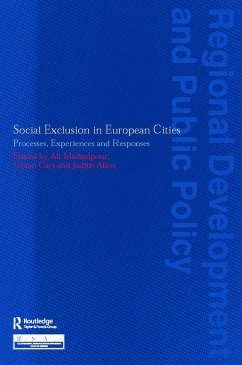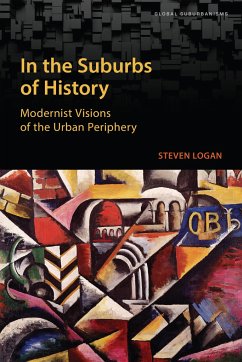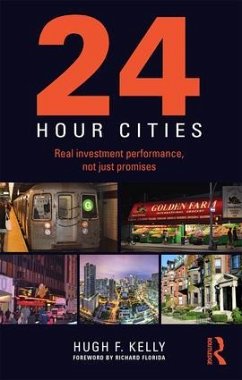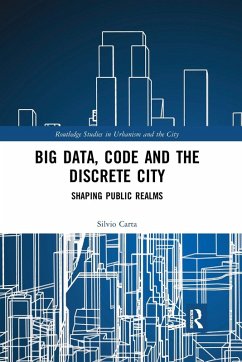
Unravelling Sustainability and Resilience in the Built Environment

PAYBACK Punkte
31 °P sammeln!
A primer for students and professionals, this book defines what the terms sustainability and resilience mean and how they are related to each other and to the design of the built environment.





